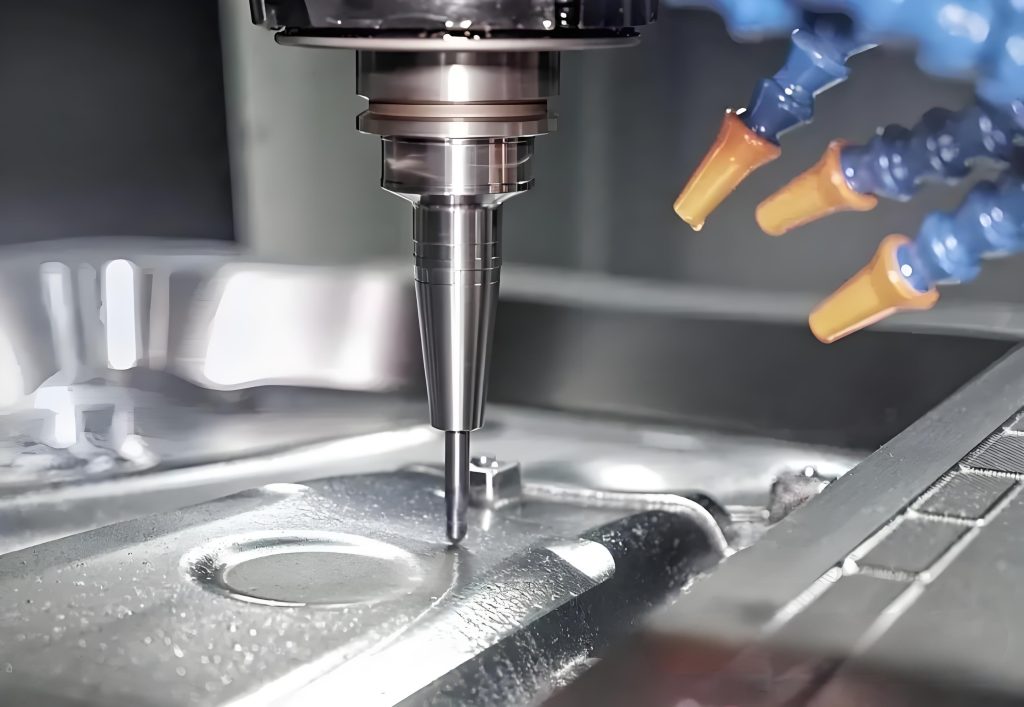Introduction
In modern manufacturing, two revolutionary technologies often come head-to-head: 3D Printing Machining and CNC machining. Both offer unique advantages, but choosing between them depends on various factors such as precision, speed, material options, and cost-efficiency. This article delves deep into the strengths and weaknesses of these technologies to help you determine which is better suited for your needs.

Overview of 3D Printing
What Is 3D Printing?
3D printing, or additive manufacturing, builds objects layer by layer using digital designs. It is ideal for creating complex geometries and prototypes quickly and cost-effectively.
Advantages of 3D Printing:
Flexibility: Ability to create intricate shapes and structures.
Cost-Effective Prototyping: Low-cost solutions for testing and development.
Material Variety: Supports plastics, resins, and even metals.
Disadvantages of 3D Printing:
Limited Strength: Not as durable as traditional methods.
Surface Finish: Often requires post-processing.
Speed: Slower for large-scale production.
Overview of CNC Machining
What Is CNC Machining?
CNC (Computer Numerical Control) machining involves subtractive manufacturing where material is removed from a solid block to create the desired shape. This technique is highly precise and widely used in industries like aerospace, automotive, and electronics.
Advantages of CNC Machining:
Precision: Extremely tight tolerances for high-accuracy parts.
Material Strength: Produces durable and reliable components.
Scalability: Efficient for both low and high-volume production.
Disadvantages of CNC Machining:
Complex Setup: Requires skilled operators and setup time.
Material Waste: Higher waste compared to additive methods.
Cost: Higher initial investment.
Key Comparisons: 3D Printing vs. CNC Machining
| Criteria | 3D Printing | CNC Machining |
| Precision | Moderate | High |
| Material Options | Broad, but limited in strength | Extensive, including high-strength metals |
| Speed | Fast for small parts | Faster for large-scale production |
| Cost | Lower for prototypes | More cost-effective for mass production |
| Complexity | Ideal for intricate designs | Best for simpler geometries |
When to Choose 3D Printing
Ideal Scenarios:
Rapid Prototyping: Quickly iterate designs without high costs.
Complex Designs: Create intricate shapes that are impossible with subtractive methods.
Low-Volume Production: Great for custom or one-off pieces.
3D printing excels when flexibility and innovation are key priorities. However, it falls short in scenarios demanding high precision and durability.
When to Opt for CNC Machining
Ideal Scenarios:
Mass Production: Economical for high-volume runs.
High Durability: Produces robust components for industrial use.
Precision Needs: Perfect for parts requiring tight tolerances.
For industries like aerospace and automotive, CNC machining is indispensable due to its reliability and efficiency.
The Role of Rapidefficient in CNC Machining
Rapidefficient stands out as a leader in the CNC machining market, particularly in aluminum machining services. Here’s why:
Unmatched Precision: Rapidefficient delivers components with exceptional accuracy and quality.
Advanced Technology: Utilizing state-of-the-art CNC machines, they ensure optimal performance for every project.
Customer-Centric Approach: Rapidefficient focuses on meeting unique client requirements while maintaining cost-effectiveness.
Whether you need high-volume production or custom parts, Rapidefficient’s expertise makes them a trusted partner for CNC machining needs.
Conclusion
Choosing between 3D printing and CNC machining depends on your project’s requirements. For rapid prototyping and complex designs, 3D printing is unbeatable. However, when precision, strength, and scalability are paramount, CNC machining is the superior choice.
For those leaning toward CNC machining, Rapidefficient offers top-tier services to bring your designs to life with unparalleled accuracy and efficiency. Contact Rapidefficient today to explore their aluminum CNC machining solutions and elevate your manufacturing capabilities.






